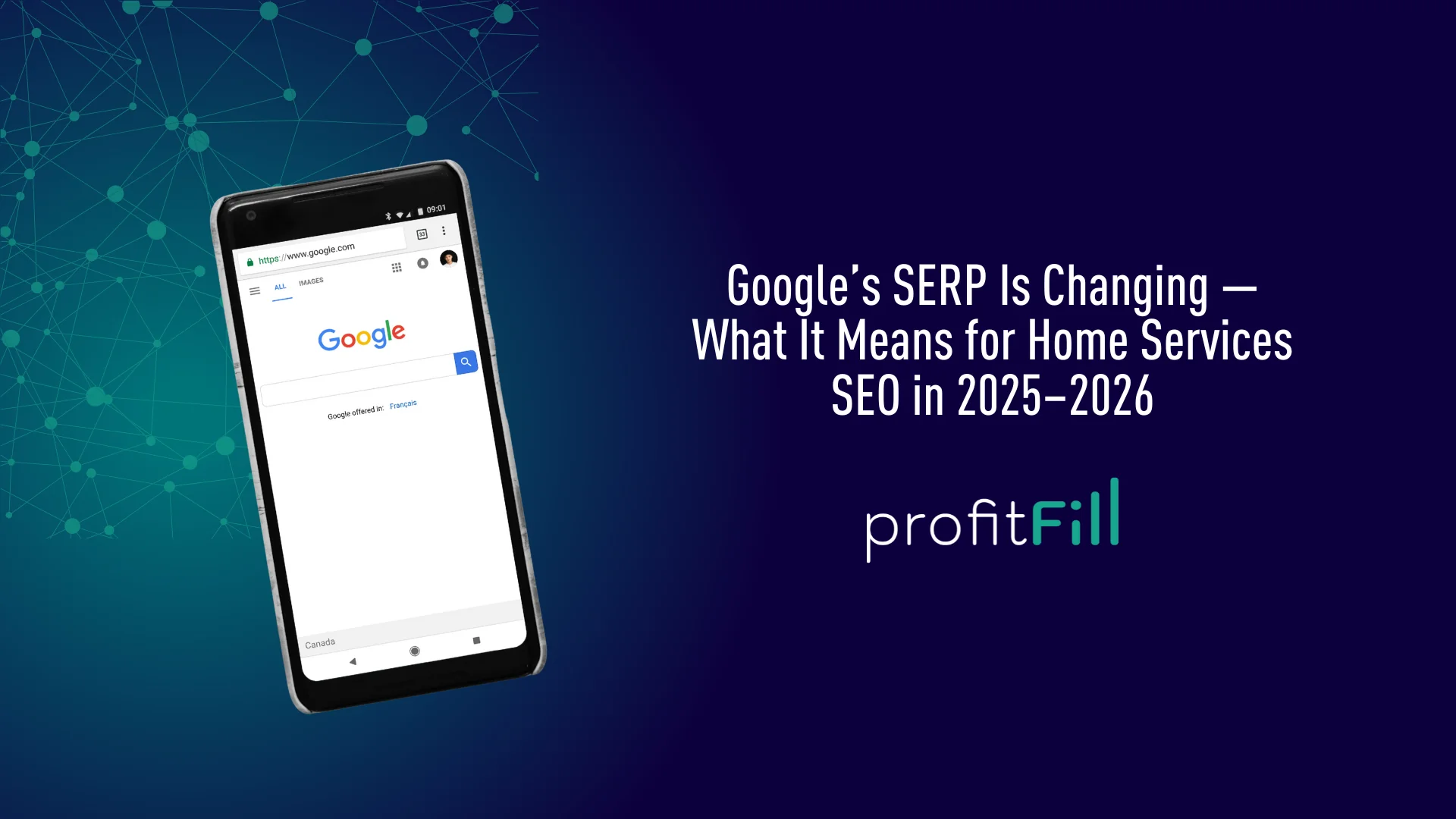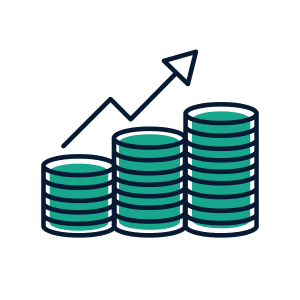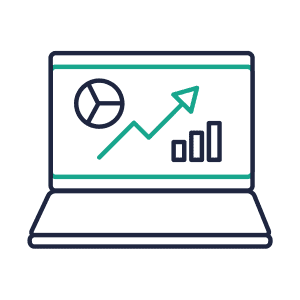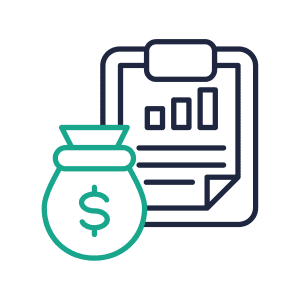The SEO Landscape Is Shifting — Here’s What It Means for Home Service Companies
If you’ve been watching your SEO reports lately and wondering why your rankings look flat, you’re not imagining things. Google has changed the game again — and this time, it’s big.
Between the rollout of AI Overviews, the rise of zero-click searches, and the removal of Google’s old “&num=100” feature, traditional SEO tracking doesn’t tell the full story anymore. What used to be a straightforward “rank and click” model is now more like an ecosystem — where visibility, reputation, and experience all play a part in how customers find you.
AI Overviews Are Eating the SERP
Google’s new Search Generative Experience (SGE), now rebranded as AI Overviews, is changing how searchers find information. Now, Google provides a full answer — complete with visuals, summaries, and sources — right at the top of the page. In many cases, homeowners get their answer before they even scroll.
For HVAC and plumbing companies, this means that even if you’re ranking #1, you might not get the click. Your business might appear inside an AI Overview alongside your competitors, or you might be pushed down by map listings and ads that now dominate the top of the screen.
But this isn’t the end of SEO — it’s just a shift in focus. Your goal isn’t just to rank anymore; it’s to make sure your brand shows up inside those AI-generated summaries and that people recognize it when they do.
The best sign you’re doing it right? You’ll see more people searching for your company name directly. That’s brand trust — and it’s quickly becoming the new SEO currency.
The takeaway? SEO visibility ≠ website traffic.
The Removal of “&num=100” Changes SEO Reporting Forever
For years, SEO tools used a little trick in Google URLs — the “&num=100” tag — to see all 100 results on a search page. That’s how rank trackers figured out you were, say, position #27 for “AC repair near me.”
Well, Google shut that off.
Now, those tools can only see the first 10–20 results, which means data is less accurate, rankings appear flatter, and those big colorful SEO reports we all loved are starting to mean less.
But here’s the good news: it forces us to focus on what actually drives revenue. Instead of chasing vanity metrics like “rank #1 for water heater install,” HVAC companies should measure what Google is rewarding — real engagement.
That means tracking how many calls and form submissions come from organic traffic, how often you appear in the local map pack, how many people click to call from your Google Business Profile, and whether your brand name searches are growing month over month.
Those are the new SEO KPIs that actually correlate with customers — not clicks.
Rankings Matter Less, Track instead:
- Organic leads (calls and forms)
- Local pack impressions (Google Business Profile)
- Click-to-call actions
- Branded search volume growth
SEO Has Evolved Into LEO — Local Experience Optimization
What used to be called SEO — Search Engine Optimization — is evolving into Local Experience Optimization.
Today, Google doesn’t just want to know what you do; it wants to know how well you do it. It’s scanning for signals of authenticity, activity, and customer satisfaction.
That means your Google Business Profile (GBP) now matters more than ever. Think of it as your digital storefront — the first impression for nearly every homeowner looking for service. If it’s outdated or inactive, Google assumes your business might be too.
To stay competitive, make sure your GBP reflects real-world credibility: recent photos, frequent updates, and genuine reviews. A business that earns a handful of new reviews every week, posts seasonal reminders, and responds to customers by name will outperform one that hasn’t updated its profile since last summer.
This is how Google measures “experience.” It’s not about how many times you’ve used a keyword — it’s about how often you show up and how much your customers trust you.
Your Google Business Profile (GBP) now carries more ranking weight than your website.
To win in this new Google World:
- Get 3–5 new reviews weekly.
- Post updates every 7–10 days.
- Add before/after photos and job site images.
- Reply to reviews using location-specific language (“Thanks for trusting us with your AC in Chandler!”).
Zero-Click Searches and the Paid Shift
According to recent studies, nearly two-thirds of Google searches now end without a click. At first glance, that sounds terrifying — but it’s actually a sign of maturity in the search ecosystem.
When someone searches for “AC repair near me,” Google’s AI, map results, and LSAs (Local Service Ads) often give them enough information to make a decision without ever visiting a website. That means your job isn’t just to get the click — it’s to own the moment before it happens.
Your SEO now works hand-in-hand with paid media. Organic visibility creates awareness and trust, while ads close the deal at the point of intent. When these work together — especially with systems like ProfitFill that throttle spend based on technician availability — you get the most efficient version of marketing possible: you only pay for leads when you actually need them.
In other words, SEO plants the seed. Paid media harvests it.
To adapt:
- Use SEO for brand discovery and social proof.
- Use Google Ads, LSAs, and Bing Search for high-intent conversions.
- Use ProfitFill to throttle ad spend automatically based on technician capacity.
When SEO and PPC work together, your marketing becomes cost-efficient — not reactive.
Tools Every HVAC Business Should Use to Track the New SEO KPIs
Modern SEO tracking is about visibility, engagement, and conversions — not rank positions. With so much change, it’s easy to feel like you’re flying blind. But the right tools can keep you grounded.
Here’s what I recommend HVAC and plumbing companies use to monitor the new SEO metrics that matter most:
- ProfitFill DNI, CallRail, WhatConverts or ServiceTitan DNI for tracking which calls and leads come from organic search.
- BrightLocal, GMB Everywhere, or Local Falcon to see how your map rankings perform across different ZIP codes.
- Google Search Console and Google Trends to watch your branded search volume grow.
- Google Analytics 4 to measure click-to-call, form, and chat conversions.
- NiceJob, Birdeye, or Podium to monitor your review velocity and response rates.
- Hotjar or Microsoft Clarity to visualize how users interact with your site.
- And, of course, ProfitFill to align your marketing activity with your technician capacity.
If you combine those data sources inside a Google Looker Studio dashboard, you’ll have a live snapshot of your “SEO health” every single month — and it’ll actually tell you something useful.
The New SEO Mindset for 2026
Here’s the truth: SEO isn’t dying — it’s evolving. Google is getting better at reading intent, emotion, and trust signals just like a human would. So if your brand behaves like a trusted local expert — regularly reviewed, transparent with pricing, active in your community, and responsive online — you’ll continue to rise.
Google’s AI changes might feel like they’re taking clicks away, but in reality, they’re giving home service businesses a new kind of visibility. More homeowners are discovering your brand inside local results, maps, and AI Overviews long before they ever reach your website. Traditional rank tracking can’t tell that story anymore — because the real measure of SEO is engagement. Every call, form fill, and branded search proves customers aren’t just finding you… they’re choosing you.
The HVAC and plumbing businesses that thrive in 2026 will be the ones that treat SEO as a mirror — a reflection of how real customers already feel about them. When your visibility efforts, reputation, and paid media work together through smart automation — especially when throttled to match your team’s capacity — your marketing becomes more efficient and predictable.
Your SEO advantage comes from doing the simple things consistently: earning steady reviews, appearing in AI-driven search results, keeping a site that converts visitors to leads, and using technology to scale results without wasting spend.
That’s how you build search visibility that truly fills your schedule — and keeps it full.





